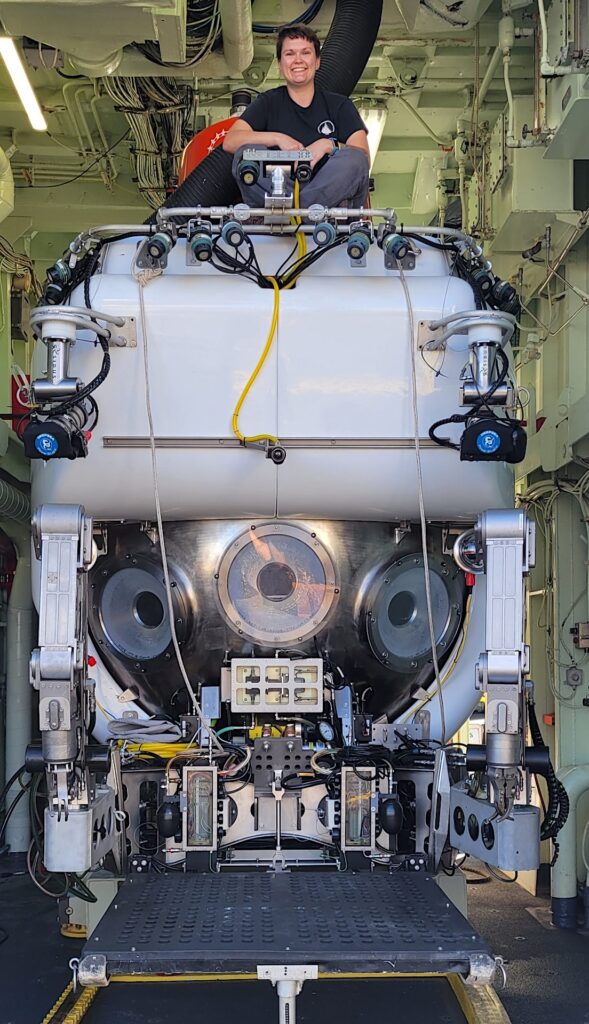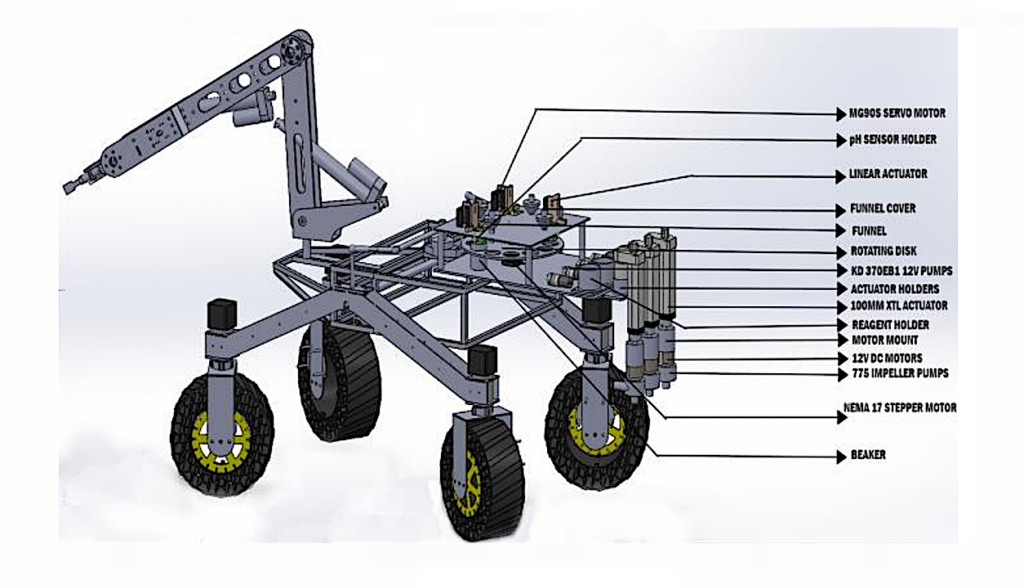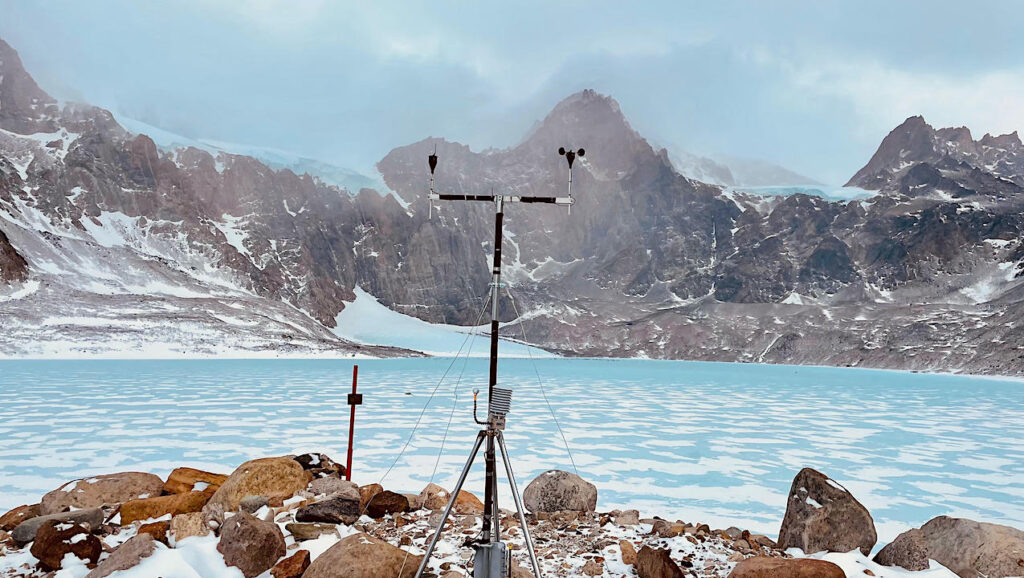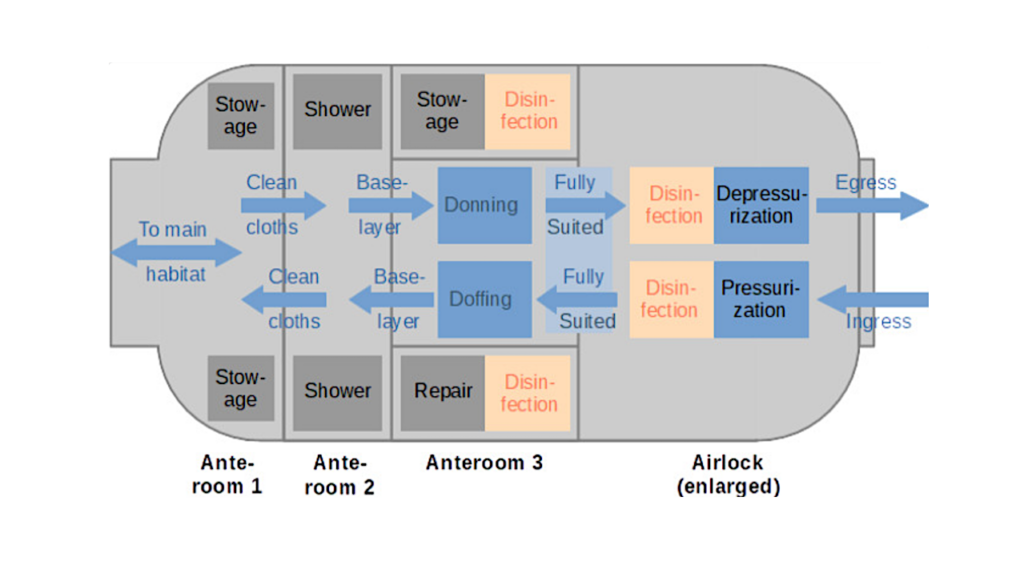Water Planet Exploration: The Youngest Pilot Of DSV Alvin

The Wood Holes Oceanographic Institution (WHOI) recently announced the newest human-occupied vehicle (HOV) Alvin pilot, Kaitlyn Beardshear.
Beardshear is Alvin’s 46th pilot and at 28 years old, the youngest in the program’s history. Alvin celebrated 60 years of service in June 2024.
“I’ve been working towards this for two years, and it’s really exciting that it’s all come together,” said Bearshear. “I’ve done all this hard work, I’ve got my certification, now I’m ready to get in the sub and do it. I’m ready to start diving.”
Beardshear started as an intern with the Alvin Group, a National Deep Submergence Facility (NDSF) team. In 2021, the Alvin Group hired Bearshear as a contractor and then a permanent engineer, allowing them to enter the pilot-in-training program.

Kaityln Beardshear, Alvin’s 46th pilot
During the program, trainees study all aspects of HOV Alvin, a deep-ocean submersible capable of diving to 6,500 meters below the ocean’s surface. They study the system that scrubs carbon dioxide from Alvin’s air to the ballast system that controls the submersible’s buoyancy. They must be able to draw a mechanical diagram of each system and complete multiple oral examinations to prove their knowledge about every aspect of the submersible. A trainee must perform practice dives under the supervision of an experienced pilot-in-command until they demonstrate the skills and knowledge required to dive independently and earn a full U.S. Navy certification.
Alvin has seven reversible thrusters, and two robotic arms and often carries a pilot and two scientists on dives that can last for 10 hours. The submersible allows humans to explore 99% of the ocean floor while collecting important scientific information.
Alvin is one of three deep-sea vehicles in the U.S. Academic Research Fleet — including the remotely operated vehicle Jason and the autonomous underwater vehicle Sentry — operated by the National Deep Submergence Facility (NDSF) at WHOI. NDSF is primarily funded by the U.S. National Science Foundation, the Office of Naval Research and the National Oceanic and Atmospheric Administration.

ALVIN – WHOI/NSF
To learn more about the research infrastructure that the NSF Directorate for Geosciences supports, please visit the research infrastructure webpage .
Related posts
- Human-occupied Submersible Alvin Makes A Historic Dive, Astrobiology.com
- Alvin Archives, Astrobiology.com
- WHOI archives, Astrobiology.com
Astrobiology,









